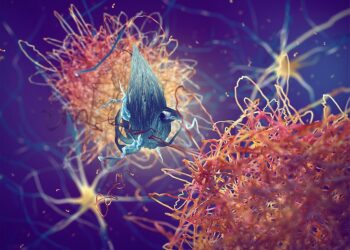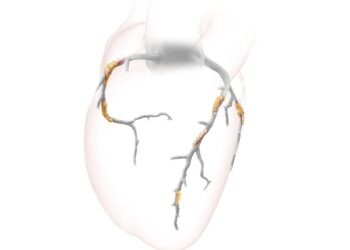# The End of the Monolith? Deconstructing the Power of Mixture-of-Experts
For the last several years, the dominant narrative in large-scale AI has been one of brute force. The path to more capable models, we were told, was paved with more data and, crucially, more parameters. We’ve witnessed a dizzying arms race, scaling from hundreds of millions to billions, and now trillions, of parameters. This “dense” model approach, where every parameter is activated for every single input token, has yielded incredible results. But it is also pushing us toward a wall of diminishing returns, constrained by astronomical computational costs and unsustainable energy demands.
The era of the monolithic, dense model is giving way to a more elegant, efficient paradigm. The future isn’t just about size; it’s about structure. Enter the Mixture-of-Experts (MoE) architecture—a deceptively simple concept that is radically changing how we scale AI.
### From Brute Force to Intelligent Delegation
To understand why MoE is a game-changer, we must first appreciate the inefficiency of dense models. A dense transformer, like a GPT-3 or a Llama 2, engages its entire neural network to process each piece of information.
> Imagine asking a panel of a thousand brilliant experts—a physicist, a poet, a historian, a chef—to weigh in on every single question, from “What is the capital of Mongolia?” to “How do I bake a sourdough loaf?” It’s incredibly powerful, but monumentally inefficient. The poet’s full cognitive power is wasted on the physics problem, and vice-versa.
This is the computational reality of dense models. Every parameter contributes to every calculation, leading to a direct, and punishing, correlation between model size and the floating-point operations (FLOPs) required for inference.
MoE shatters this paradigm. Instead of a single, massive feed-forward network, an MoE layer contains a collection of smaller “expert” networks. The magic lies in a small, lightweight “gating network” or “router.” When an input token arrives, this router intelligently directs it to only a handful of the most relevant experts—typically just two or three out of dozens or even hundreds available.
The result? A model can contain trillions of parameters, but for any given token, it only activates a tiny fraction of them. This decouples the total parameter count from the computational cost. We get the vast knowledge capacity of an enormous model while maintaining the inference speed and cost of a much smaller one. Our expert panel is no longer forced into a collective consensus on every task; the router acts as a brilliant moderator, directing each question only to the specialists best equipped to answer it.
### The Engineering Trade-offs of Sparsity
Of course, this efficiency doesn’t come for free. MoE architectures introduce their own set of complex engineering challenges that we are actively working to solve.
1. **Load Balancing:** The gating network must be trained to distribute tokens evenly across the experts. If the router develops a preference and disproportionately sends work to a few “favorite” experts, the system loses its efficiency. This requires careful tuning and auxiliary loss functions during training to encourage balanced routing.
2. **Communication Overhead:** In a distributed training or inference setup, where experts reside on different GPUs, the gating network introduces significant communication bandwidth requirements. Shuffling tokens between the correct expert devices is a non-trivial networking and systems problem.
3. **Memory Requirements:** While MoE models are computationally sparse, they are not sparse in terms of memory. The full set of parameters for all experts must be loaded into high-bandwidth memory (HBM), even if only a few are used at any one time. This means a 1-trillion parameter MoE model still requires the VRAM to hold 1 trillion parameters, presenting a significant hardware challenge.
### The Road Ahead: A More Structured Intelligence
Despite these challenges, the rise of MoE signals a crucial maturation in the field of AI. We are moving beyond the simple metric of parameter count and focusing on more sophisticated measures of efficiency and capability. Architectures like MoE, and the research they inspire in conditional computation and dynamic networks, prove that the future of AI is not just bigger, but smarter.
By embracing sparsity and specialization, we are not only building models that are more economically and environmentally sustainable but are also taking a step toward architectures that more closely mirror the specialized, modular nature of the human brain. The monolith is not dead, but its dominance is over. The future belongs to the efficient, intelligent collective.
This post is based on the original article at https://www.technologyreview.com/2025/09/17/1123801/ai-virus-bacteriophage-life/.






















